Can you weld magnesium?

Can You Weld Magnesium? Welding magnesium seems tricky, but with the right method, it’s surprisingly manageable. Magnesium can be safely welded using specific techniques like TIG, with proper shielding and preparation. Magnesium is lightweight but reactive — keep reading to avoid critical welding mistakes and quality issues. What is the best way to weld magnesium? […]
What is it called when you burn two pieces of metal together?
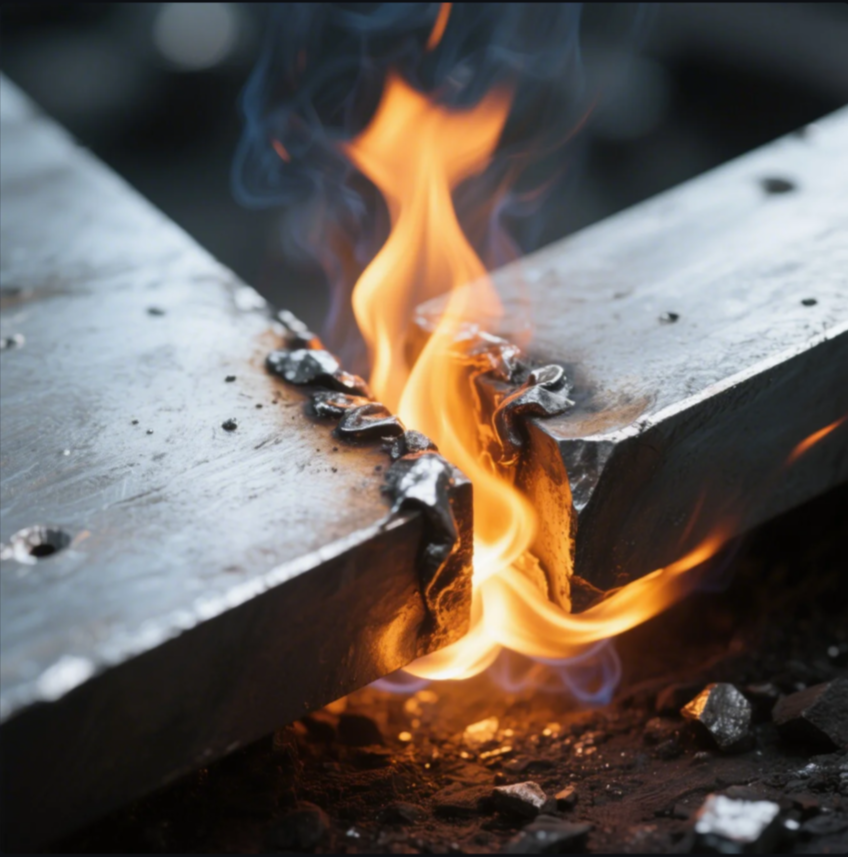
What is it called when you burn two pieces of metal together? Many confuse metal joining methods—each has different strength, cost, and temperature requirements. The process of burning or heating two metals together is typically called welding, though brazing and soldering are also used. Let’s break down the main techniques and when to use each. […]
How much do AWS certified welders make?
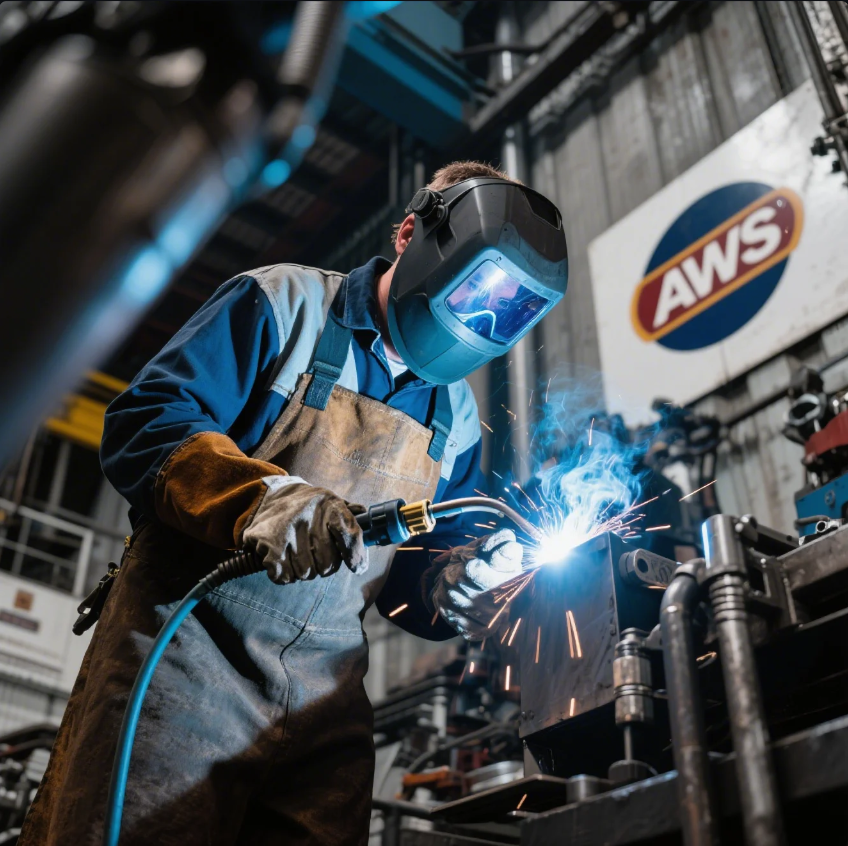
How much do AWS certified welders make? Think welding doesn’t pay? Think again. AWS-certified welders can earn from $45,000 to over $120,000 per year, depending on experience, specialty, and job location—with elite certifications pushing earnings even higher. Let’s break down what certification pays the most, and how to reach top-tier welding salaries. What welding certificate […]
What does aga stand for in welding?

What does AGA stand for in welding? AGA might sound like a gas company—but in welding, it has a deeper industry connection. AGA stands for the American Gas Association, a key organization involved in standardizing practices for gas utilities, including welding procedures used in gas pipelines and distribution systems. Let’s see how AGA connects to […]
What does AWS mean in welding?
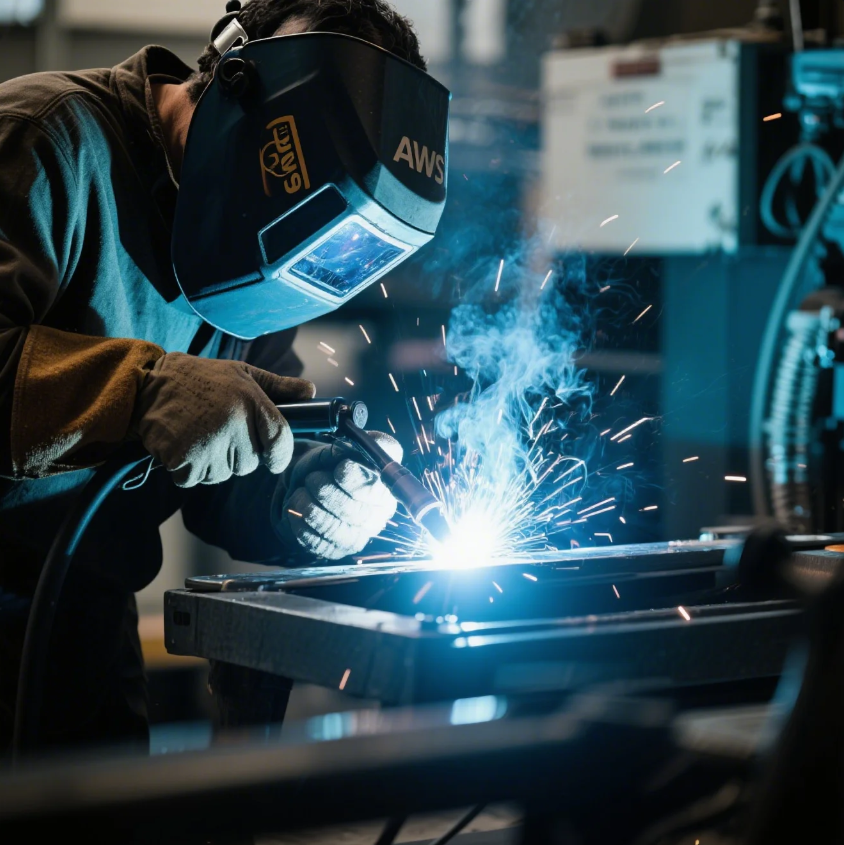
What does AWS mean in welding? Welding codes and certifications start with three letters: AWS. AWS stands for the American Welding Society, the organization that sets industry standards, procedures, and certifications for welders, materials, and processes worldwide. Let’s explore what AWS does, how it relates to certifications, and what those extra rod codes like “E7018-B2” […]
What does MIG stand for?
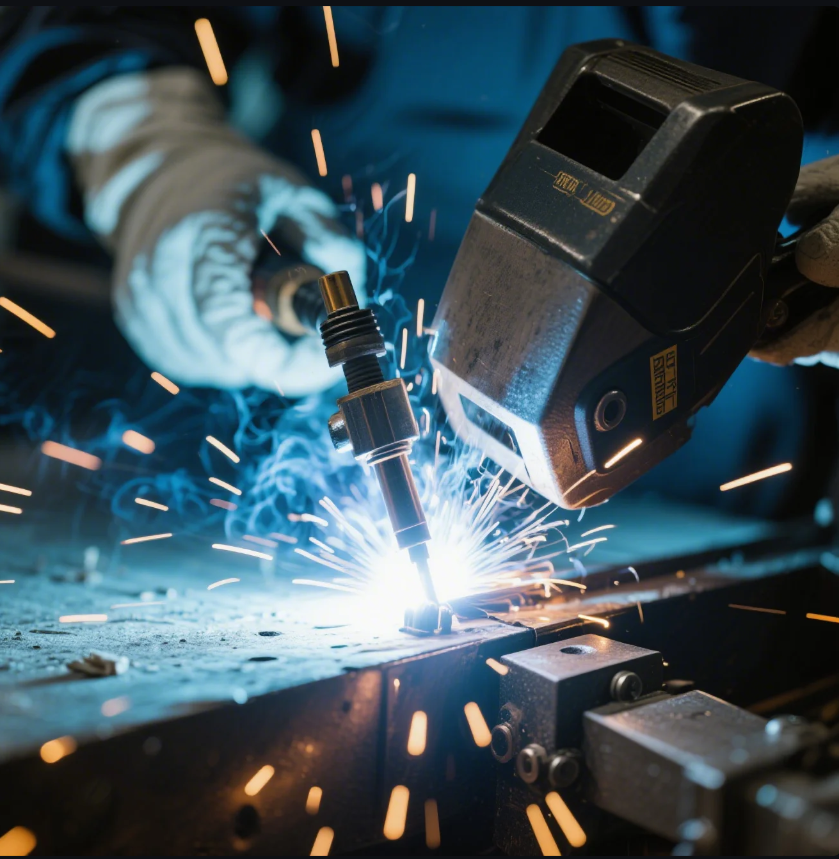
What does MIG stand for? MIG isn’t just a welding buzzword—it’s a complete process. MIG stands for “Metal Inert Gas” welding, a method where a continuous wire electrode feeds through a gun and joins metal using an inert shielding gas like argon. Let’s explore the meaning, how it compares to TIG, and why it matters […]
What does the e stand for on a welding rod?
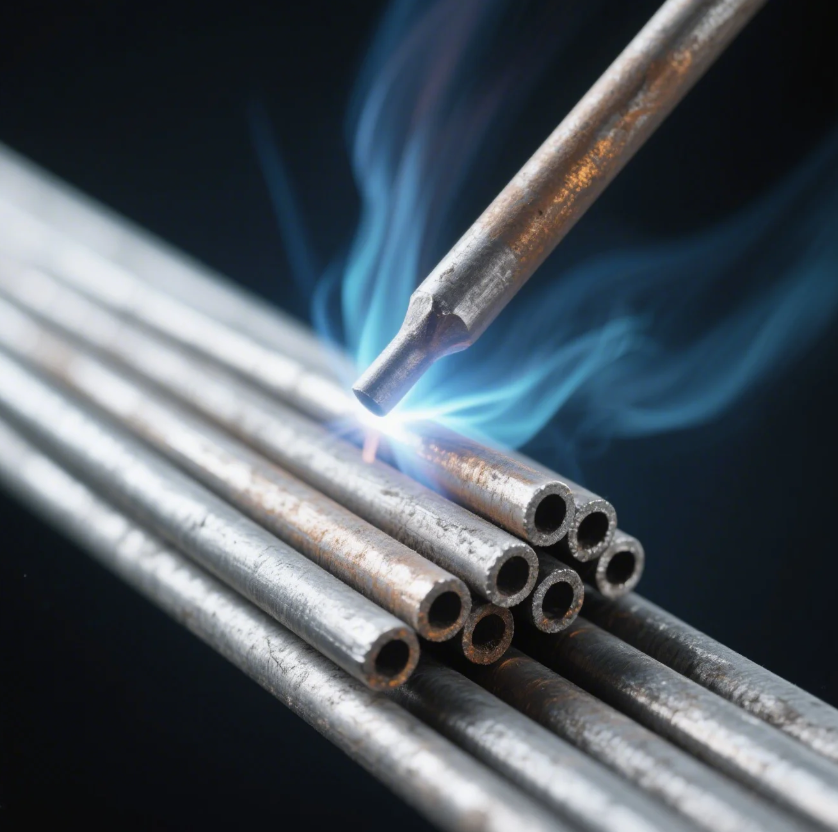
What does the E stand for on a welding rod? Every number on a welding rod has meaning—and it starts with “E.” The “E” in a welding rod stands for “Electrode”—indicating that the rod conducts electric current and melts to become filler metal during the weld. Let’s break down the full code and understand how […]
What does the last number on a welding rod mean?
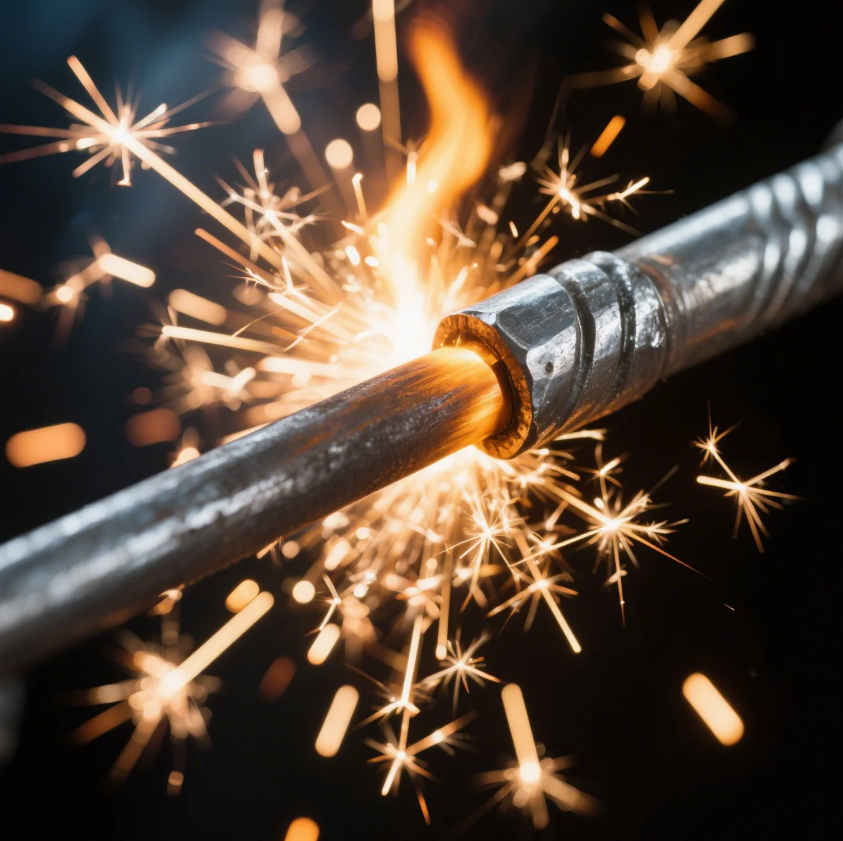
What does the last number on a welding rod mean? Welding rod numbers aren’t random—they tell you everything. The last number on a welding rod indicates the type of flux coating and the welding current it’s compatible with, such as AC, DC, or both. Let’s decode the full number and understand how to use it […]
What is the difference between 7014 and 7018 welding rod?
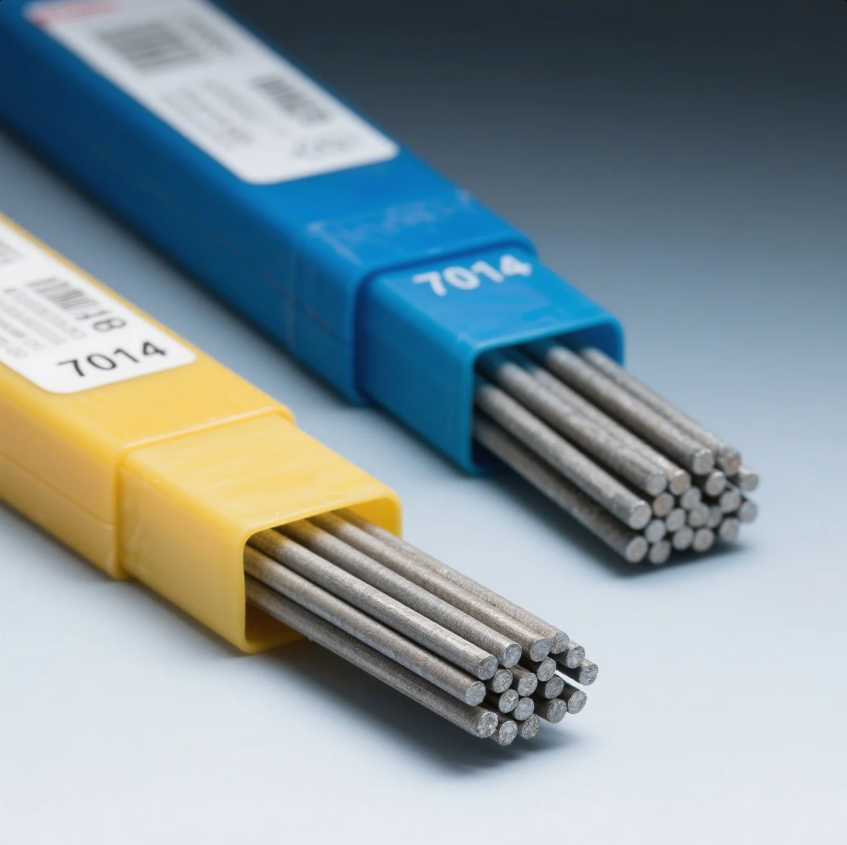
What is the difference between 7014 and 7018 welding rod? Two rods, same strength—but made for different welders and jobs. The 7014 and 7018 welding rods both have 70,000 psi tensile strength, but 7018 is low-hydrogen and used for critical welds, while 7014 is easier to use and made for clean, flat-position welding. Let’s explore […]
What welding rod do pipeliners use?
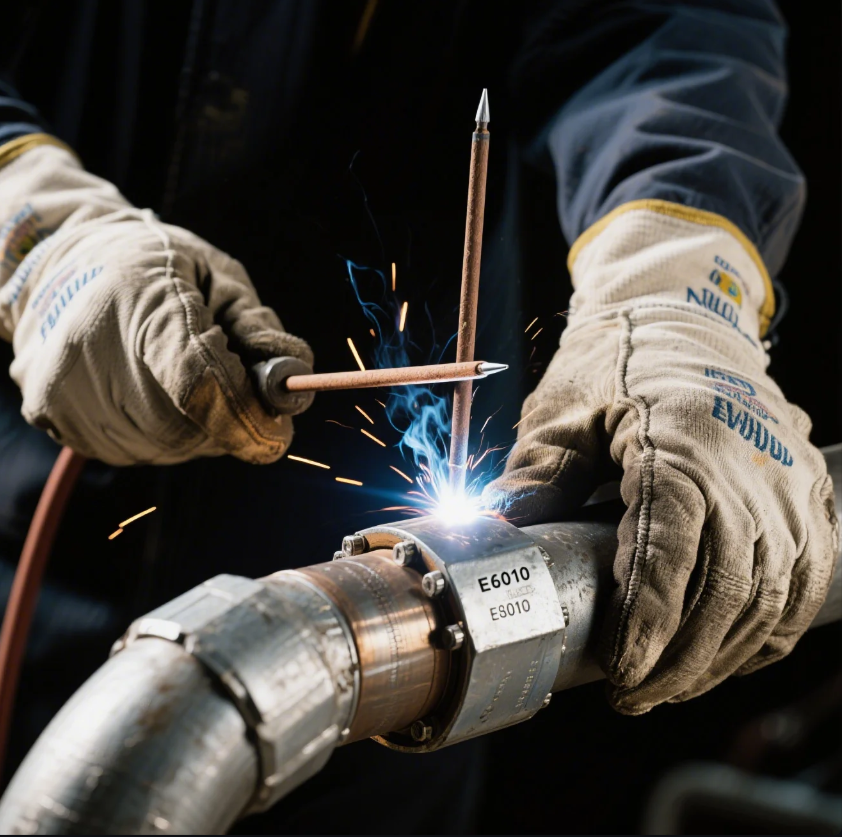
What welding rod do pipeliners use? Pipeline welds face pressure, inspection, and tough field conditions. Pipeliners commonly use E6010 or E7010 welding rods for root passes, due to their deep penetration, fast-freeze arc, and ability to handle open gaps in all positions. Let’s look at why these rods are trusted in the field—and how they […]

